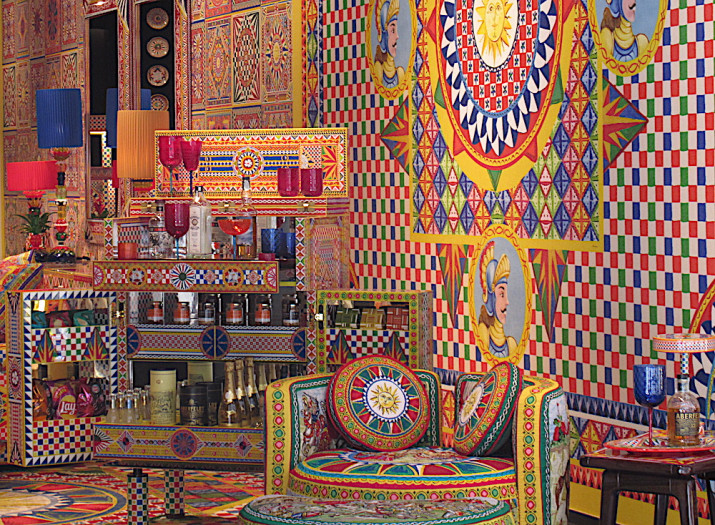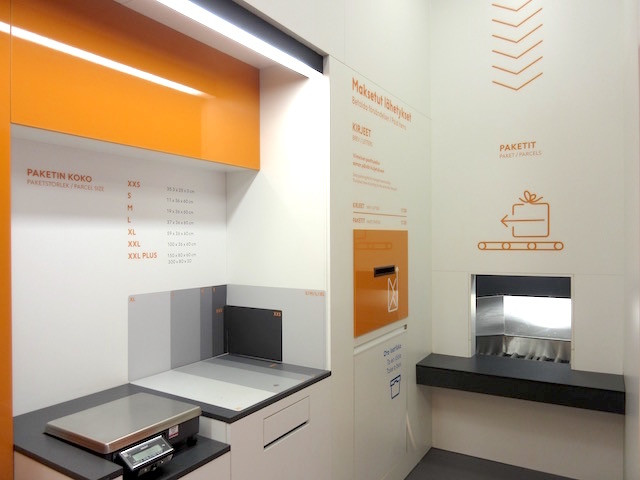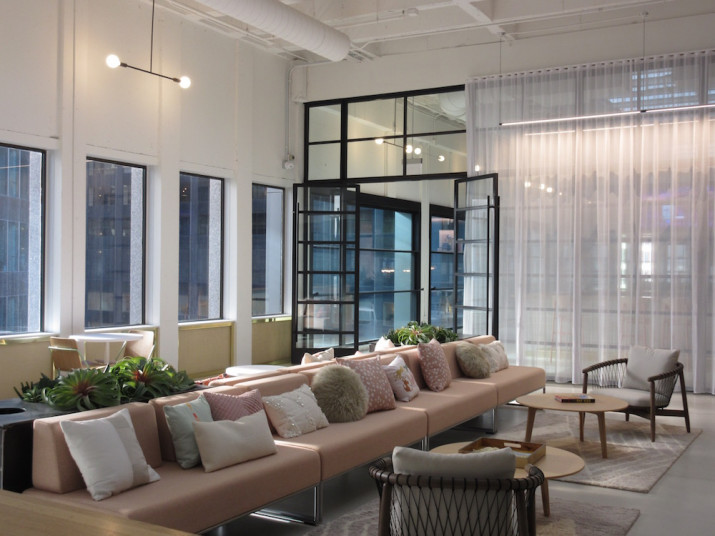
Research Conversations

Neuroscience research explains how design can meaningfully encourage sales at both physical and virtual sites while elevating the quality of retail experiences.

Sometimes design needs to make sure practical tasks are performed efficiently and effectively. Neuroscience findings can help with the design of spaces and objects that achieve very concrete objectives—in copy and mail rooms, laundry areas, kitchens, etc.

Transitioning from one area to another is often an afterthought, something that just happens and is hardly planned. Neuroscientists have investigated many space switching-related topics, and applying their findings can generate noteworthy results.
Information streams must be skillfully interwoven to develop design solutions. Some of what must be known is difficult to learn, but neuroscience-informed design can’t move forward without it. What are the 5 most challenging bits of data for designers to gather? How can they begin to collect them?
Book Reviews
PlaceCoach News Briefs
Complex topic, clear protocols
Building long-term links
Physiological measures of what matters
Adding nuances to knowledge
Ways of thinking influence scents smelled
Effects on mindset positive
Design at Work
People feel comfortable, their minds and bodies flourish, when the design of spaces that are meaningful to them, such as their home and their workplace, is in harmony with their personality.
Open Access Article
Special Focus

It’s great when there’re resources (time, money, and otherwise) to thoroughly deal with all of the sensory issues that might arise in a workplace—but that’s often not the case. Neuroscience research can guide you to highest priority actions.
Free Blog Posts *
Yildirim and colleagues evaluated how various sensory experiences influence mental state in workplaces.
Chen, Ma, Xiao, and Qin studied the effects of product form on perceptions.
Min, Liu, and Anderson investigated managing visual complexity.


